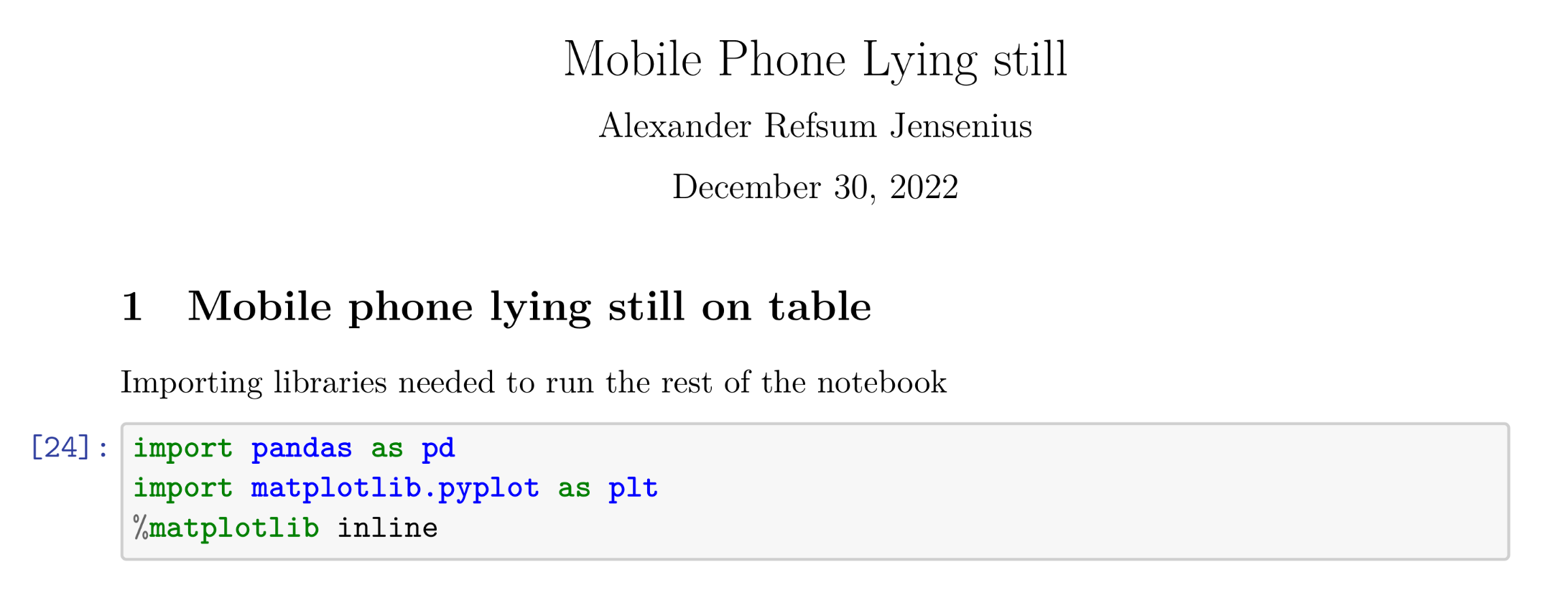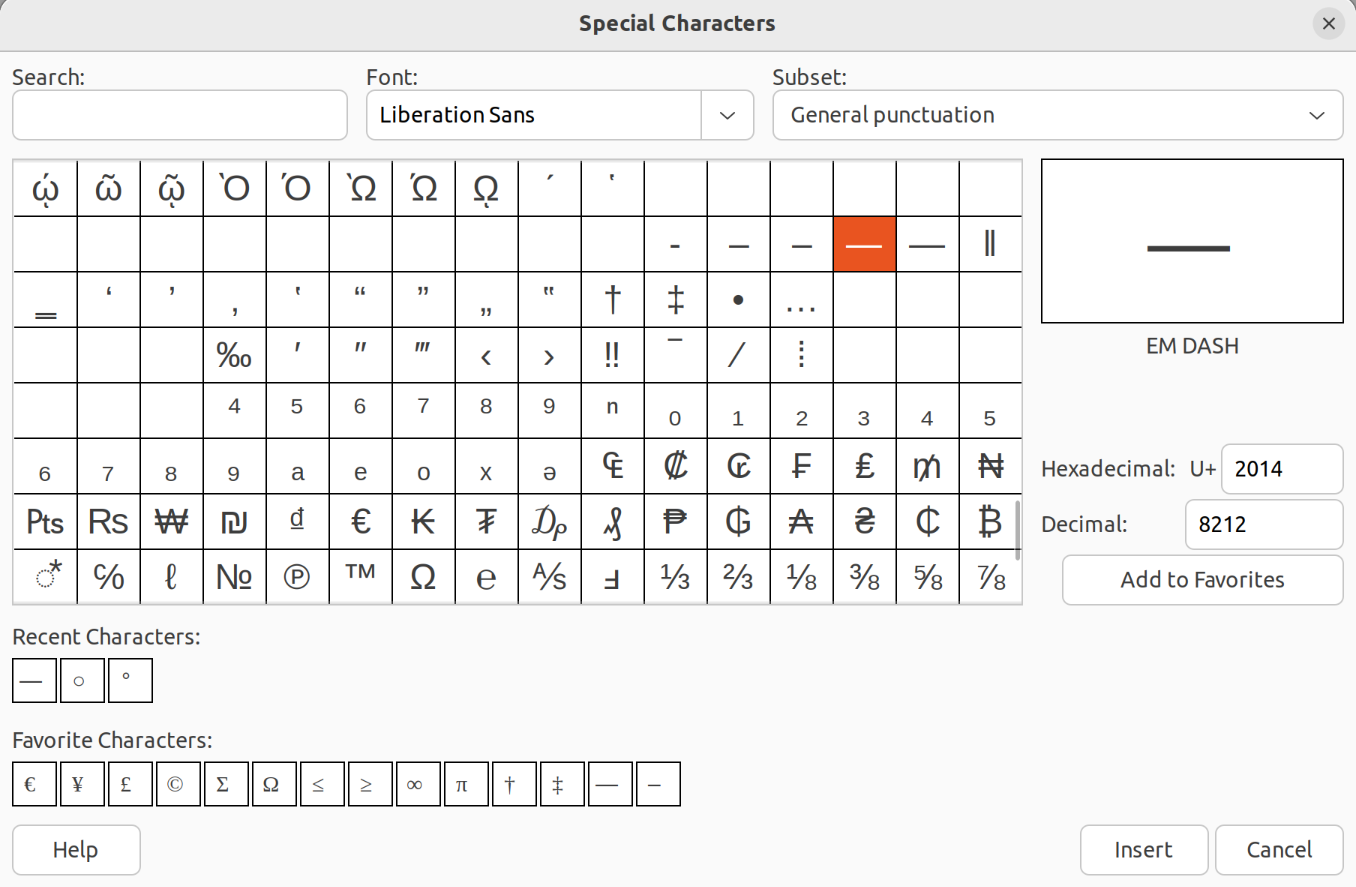
Adding Title and Author to PDFs exported from Jupyter Notebook
I am doing some end of the year cleaning on my hard drive and just uploaded the Jupyter Notebook I used in the analysis of a mobile phone lying still earlier this year. For some future studies, I thought it would be interesting to explore the PDF export functionality from Jupyter. That worked very well except for that I didn’t get any title or author name on top: Then I found a solution on Stack Overflow....
